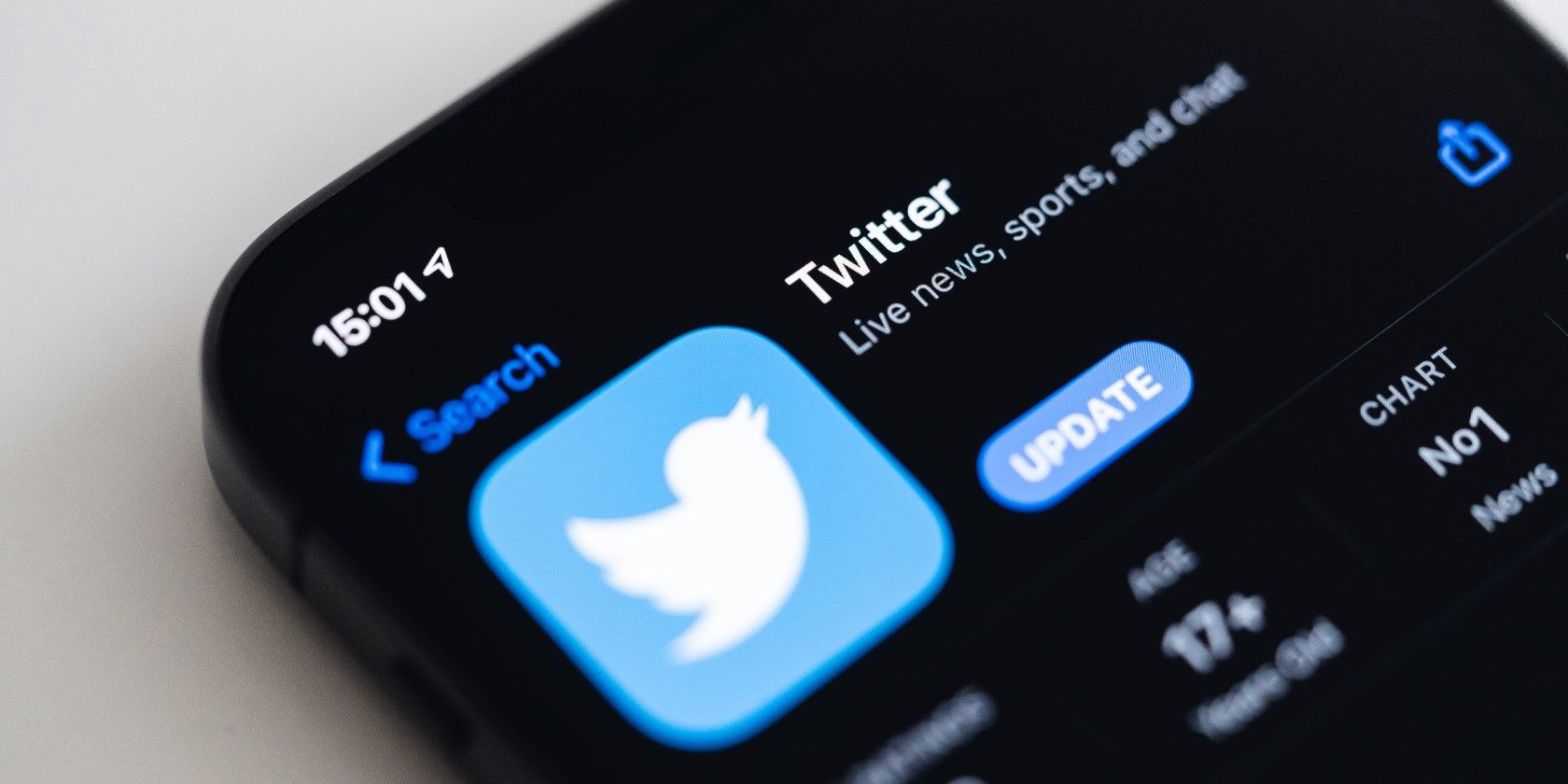Twitter is a helpful platform for connecting with people with similar interests and finding out the latest news. You can also use it for finding funny memes, gaining inspiration, and much more.
With that being said, though, spending a lot of time online is exhausting. And sometimes, taking a break is necessary.
Twitter lets you temporarily close your account and come back when you’re ready. But unlike Facebook, you can’t stay deactivated indefinitely.
So, what happens when you deactivate and reactivate Twitter? We’ll discuss this in this article.
Deactivating Your Twitter Account: Everything You Need to Know
Once you’ve deactivated Twitter, the platform will place your profile data in a queue for permanent deletion. However, if you return within 30 days, your account won’t be deleted.
But after the 30-day mark has passed, all of your data is deleted, and you can no longer retrieve your account. If you want to return when this happens, you’ll need to sign up again.
Every time you reactivate, the previous period you were deactivated for resets. So, if you plan to take a break for longer than a month but also intend to return, you can reactivate and deactivate straight away to avoid permanent deletion.
What Happens When You Deactivate?
When you deactivate your Twitter account, users cannot access your profile until you reactivate. In the beginning, your name may show up in search bars. When they click on your profile, however, the page that loads will say that the account is no longer available.
After taking your account down, you will also no longer appear in users’ following lists.
As for your DMs, they will also disappear once you deactivate. They will show up again if you return, but if you don’t, they will be permanently deleted.
Your posts will also disappear from users’ feeds. If someone has retweeted or liked the content you shared, they will no longer see these once you’ve deactivated.
The same is true if a third-party website has embedded your content on one of its pages. And if someone has quote-tweeted you, the link in their post will click through to a message that the tweet is no longer available.
Posts will become visible again if you choose to return to the platform. But if you don’t within 30 days, they’re gone forever.
What Happens When You Reactivate?
When you reactivate your Twitter account, any DMs you sent will show up in your and your contacts' inboxes again. People will be able to send you private messages straight away, and the same is true if you want to do likewise.
You will also become visible in search results and on other people’s following lists.
Upon reactivating, you might notice that your account initially says that you’re following zero people—and that you have no followers.
Don’t worry, though; you don’t need to refollow everyone again manually. If you click on either, you’ll see a list of accounts that either follow you or vice versa. The exact number for both should be visible again within 24 hours.
All of your posts will become visible on your profile again; likewise for any content you’ve liked. The number of retweets and likes you've received will show up, and you’ll be able to see any mentions you’ve received too.
On your home feed, you’ll start to see content from accounts you follow again. You can begin interacting with them straight away, and they’ll be able to see you like usual.
Take a Twitter Break With Full Confidence
If you want to take a break from Twitter but don’t want to stay away from the platform forever, deactivating is a good idea. While users might not be able to interact with you while you’re gone, they can do so as normal when you come back.
If you choose to take a break, remember that you can only stay deactivated for 30 successive days. Afterward, your account information is gone forever. So, if you’re planning to stay away for longer, remember to reactivate and deactivate again intermittently.


